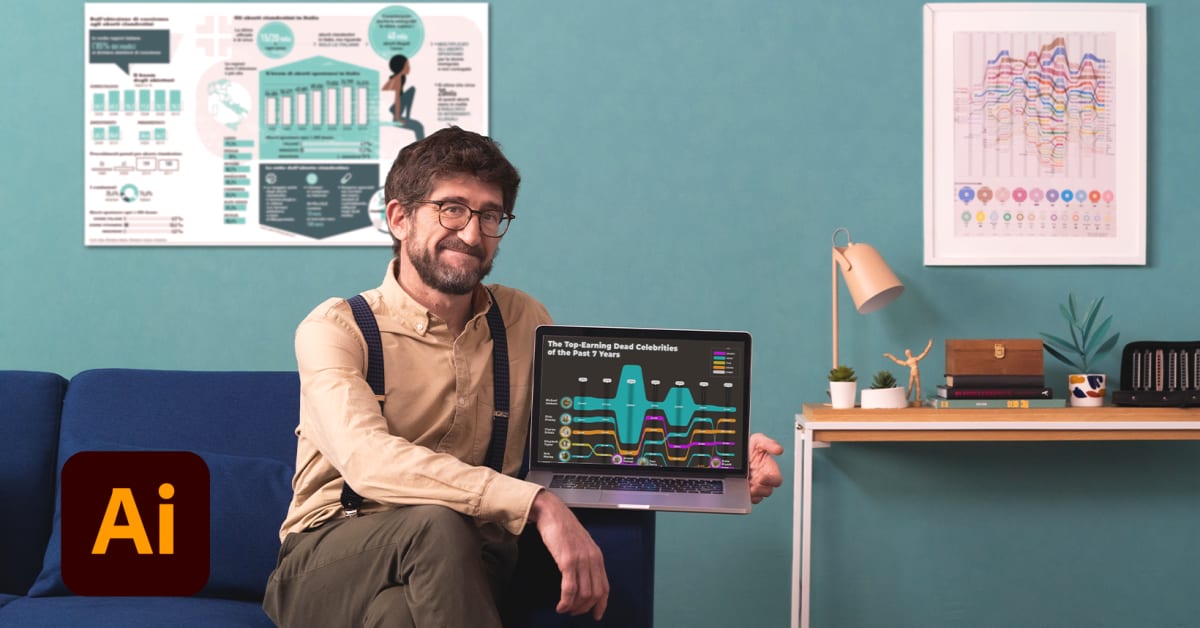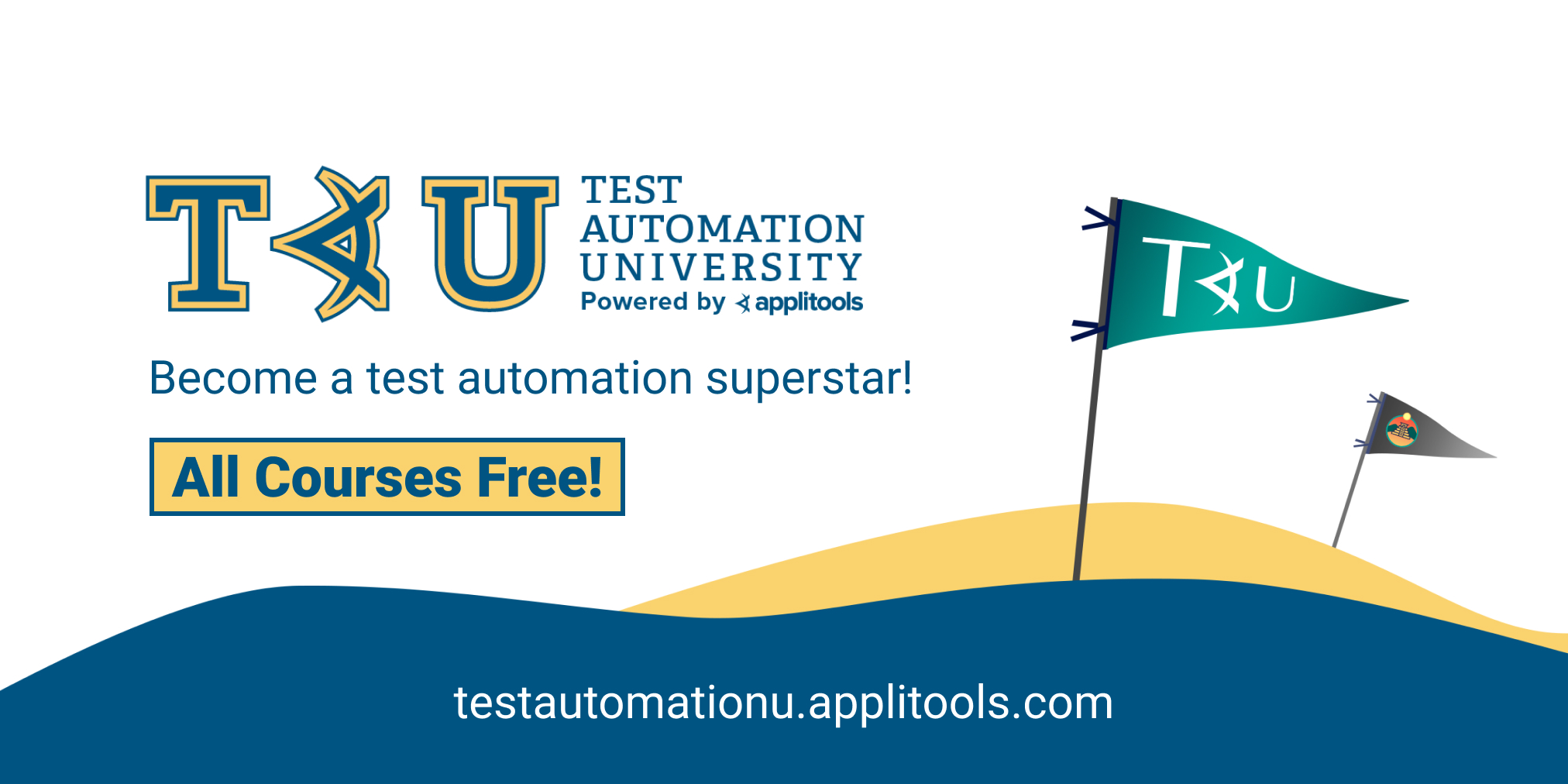Description
This course will assist you in creating a strategy for creating and telling your own transmedia storey. You will learn how to:
- Construct compelling and well-structured narratives and complex storey worlds from your ideas
- Identify, comprehend, and engage various audiences in your stories; and
- Create consistent user experiences across multiple platforms.
- Assess existing and emerging technologies for sharing your storey with the world and engaging your audience in the larger storyworld you create.
Syllabus :
1. What is Transmedia Storytelling?
- Graduate Certificate and Master of Visualisation, Simulation, and Immersive Design
- Conspiracy for Good
- Why so serious? Transmedia promotion for The Dark Knight
- The Matrix. An example of a transmedia world
- The Darwin Aboriginal Art Fair
- Biophilia, a transmedia story of music, technology and nature
- What is transmedia storytelling?
- An industry perspective of transmedia storytelling
- The benefits of a transmedia approach
- The importance of collaboration in the creative process
- Commercialism
- Copyright and transmedia storytelling
- The future of the term 'transmedia'
- What defines a successful transmedia project?
- The anatomy of story
- How a transmedia strategy enriches a story
- Important elements of story
- Story structure and the hero’s journey
- The role of memory, imagery and emotion in understanding story
- World building
2. Creative Ideas Generation - Building a Storyworld
- The premise and six word stories
- Narrative and story
- Six word stories
- Three tools for creating content
- Developing and communicating ideas
- Conceptual blending
- What is an idea?
- Developing your conceptual story idea with content
- The importance of a strong central narrative
- Creativity techniques
- The role of visual storytelling
- Planning and testing your story
- Working creatively in storyworlds by using constraints
- Building a storyworld
- Storytelling and seed ideas
- The process of developing a transmedia story
- Using storyworlds in transmedia social campaigns
3. Understanding a Transmedia Audience
- Audience in transmedia storytelling
- Connecting audience with story
- The collective intelligence of a transmedia audience
- Understanding the audience using ethnography
- The changing nature of audience
- Identifying and engaging your audience
- Developing strategy for engaging multiple types of audience
- Identifying and understanding user groups for virtual reality (VR) medical visualisations
- Understanding the audience using participatory design
- The potential of transmedia storytelling for audience engagement
- Rapid prototyping
- The Departure. A case study of engaging a community in participatory design
4. The Transmedia User Experience
- User experience in context
- Group interactive experiences
- Orientation. Unifying a transmedia story experience
- Getting a grip on experience
- Advice about audience engagement
- Evaluating user engagement
- Designing the transmedia user journey
- Continuity and expectation in the transmedia user experience
- Designing cohesive experiences for multiple audiences
- Translating stories across different media
- Ethics in transmedia storytelling
- Designing for participation
5. Using Creative Technologies
- Creative technologies and the transmedia experience
- Location based storytelling
- Low tech transmedia strategies
- Choosing the right technologies to tell your story
- Choosing a technology platform
- Examples of technological affordances and audience experience
- Projection mapping. Affordances, constraints and audience
- UNSW Business School Virtual Reality (VR) Marketing
- A rich multimedia project
- Experiencing technology in context
- Choosing the right platform for your story
- Illuminart. Permanent interactive projection mapping
- Illuminart
- Considerations for using current and emerging technologies for storytelling
- Managing expectations of emerging technologies
- Discussion and applications of Augmented Reality (AR) and Virtual Reality (VR)
- The future of virtual reality (VR) technologies
- The future of technology and storytelling









